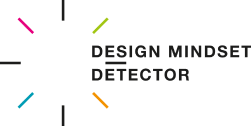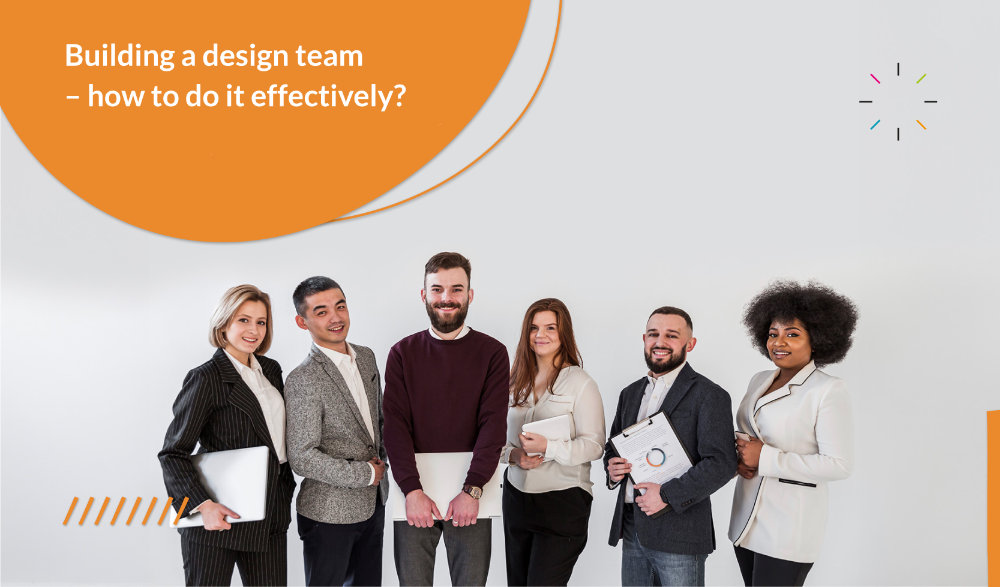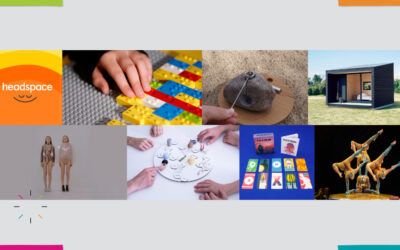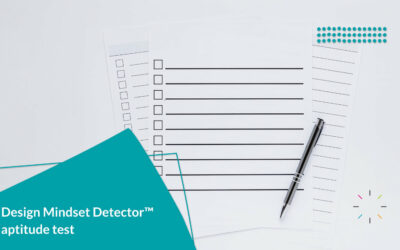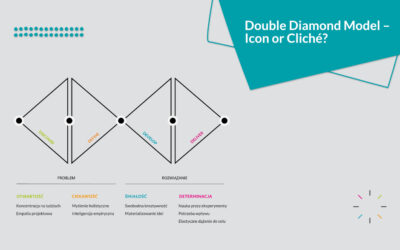In today’s dynamic business world, where projects are becoming increasingly complex and demanding, an effective project team plays a crucial role. It’s no secret that the success of any endeavor largely depends on the people responsible for it. But how do you build a team that not only functions smoothly but also delivers the expected results?
Quick Links
- Stages of Team Formation According to Tuckman’s Model
- Key Roles in a Project Team
- Team Structure
- Motivating and Developing Team Competencies
Stages of Team Formation According to Tuckman’s Model
Building a project team is a complex process that can be divided into five main stages, according to Bruce Tuckman’s model. Each stage has its own characteristics and challenges. Here they are:
Stage 1: Forming
At this stage, team members are introduced to each other and the project’s goals are presented. It is a time full of enthusiasm but also uncertainty. Team members are usually cautious, polite, and oriented towards the leader, who defines the structure and direction of action.
Stage 2: Storming
During this period, the first conflicts and differences of opinion start to emerge. Team members test their boundaries and try to understand their roles in the project. This is a stage where the team leader must skillfully manage conflicts and help build relationships.
Stage 3: Norming
After moving through the storming stage, the team begins to stabilize. Team members accept their roles, norms, and values of the team. Trust and a sense of community grow, leading to increased efficiency and productivity.
Stage 4: Performing
At this stage, the team operates like a well-oiled machine. Members are integrated, communication is smooth, and the project is being executed according to plan. This is a time when the leader can focus on delegating tasks and motivating the team.
Stage 5: Adjourning
The final stage is the time to complete the project and dissolve the team. It is a period of reflection, where team members can evaluate what has been achieved and what could have been done differently. It is also a time for farewells and, in some cases, preparation for new challenges.
Understanding these stages and skillfully managing the team can contribute to the success of the project.
Key Roles in a Project Team
In an effective project team, working on solutions at the intersection of the real and digital worlds, it is essential to appropriately assign tasks and roles to each person. Here are some key roles often found in such teams:
- Project Leader: Responsible for overall coordination, decision-making, and team management. The “glue” that binds different elements of the project.
- Service Designer: Responsible for the overall user experience and orchestration of internal processes to ensure optimal product or service experience.
- Business Analyst: Handles requirement analysis and creating specifications. Acts as a bridge between stakeholders and the development team.
- Developer: Responsible for the technical implementation of the project, from coding to unit testing. Crucial in the execution phase.
- Tester: Focuses on quality assurance, identifying errors and flaws in the product. Essential for maintaining quality standards.
- Product Manager: Acts as a liaison between the team and the client or stakeholders. Responsible for product strategy and market positioning.
- UI/UX Designer: Handles the design of the interface and user experience. Their role is crucial for the product’s usability.
- Communication and Marketing Specialist: Responsible for promoting the project and communicating with the market. Their actions are key to achieving commercial success.
Understanding and properly defining these roles from the start of the project is fundamental to its success. Each role requires specialized skills and close cooperation with other team members.
Team Structure
The structure of a project team is one of the key elements influencing its effectiveness and success. It can be hierarchical, where the project leader has ultimate control over all decisions and delegates tasks to individual members, or more decentralized, where decisions are made collectively and each team member has greater autonomy. Regardless of the chosen structure, it is important that it is clearly defined and understood by all project participants. The appropriate structure should also consider the diversity of roles within the team, from leaders and analysts to developers and testers, to communication and marketing specialists. Only a well-organized and integrated team can effectively achieve project goals and meet its challenges.
Motivating and Developing Team Competencies
Motivating and developing team competencies are key elements of project management. One tool that can be used in this context is the Design Mindset Detector™. This tool helps select project participants to leverage individual professional predispositions and plan the development of individual team members. The test consists of 98 statements and takes about 20 minutes to complete. The results are sent in the form of an individual report with development tips. It is also possible to prepare a group report showing the distribution of specific Design Mindset predispositions across the entire team.
The Design Mindset Detector™ not only identifies the team’s strengths and development perspectives but also shows which predispositions the team needs and which can be developed within the group. This is particularly useful in the context of team motivation, as it allows for precise planning of development activities.
Do you want to verify the team’s predispositions using Design Mindset Detector™? Order the test!
